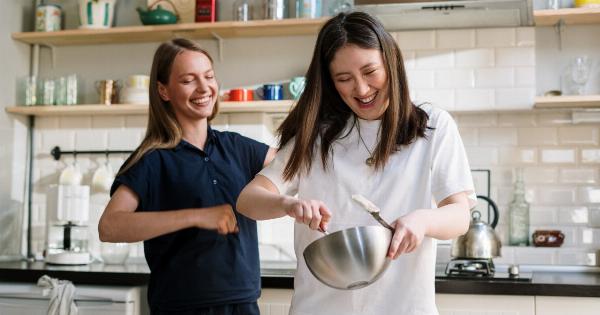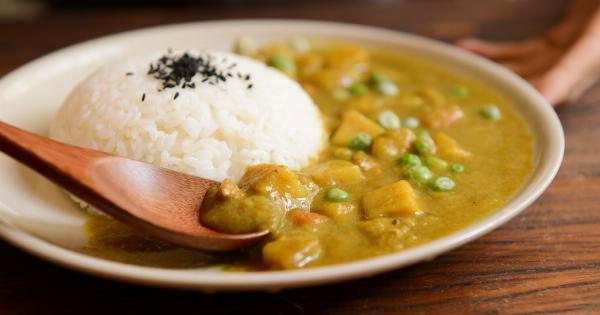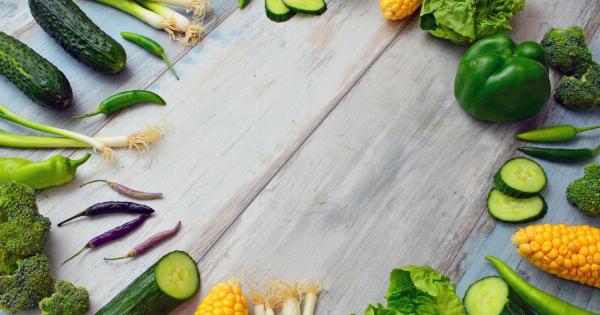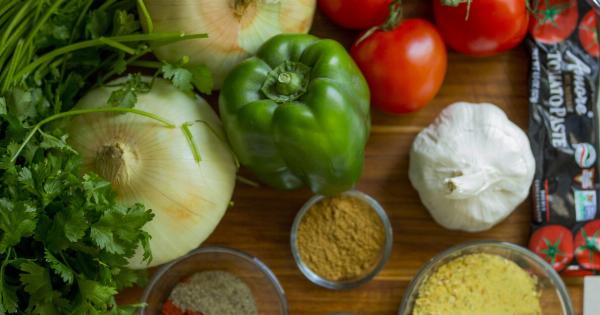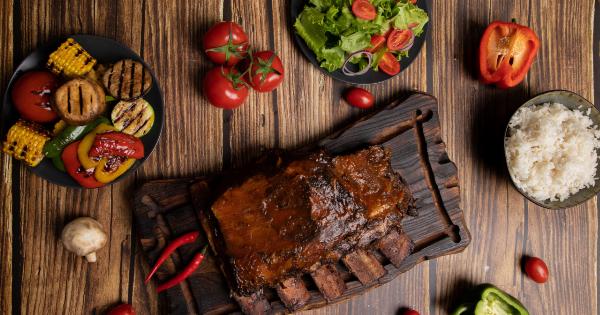Vegetables are an essential part of a healthy diet. They are packed with nutrients, vitamins, and minerals that are vital for our overall well-being.
However, many people unknowingly make mistakes while cooking vegetables that can strip them of their nutritional value. To help you retain the goodness of vegetables and make the most out of your culinary endeavors, we have compiled a list of common cooking mistakes that you should avoid.
1. Overcooking vegetables
Overcooking is one of the biggest mistakes people make while cooking vegetables. When vegetables are cooked for too long, they lose their vibrant colors, become mushy, and most importantly, lose a significant amount of nutrients.
To avoid this, make sure to cook your vegetables for the appropriate amount of time. Steaming or lightly sautéing vegetables can help retain their color, texture, and nutritional value.
2. Not using enough water
When boiling vegetables, it is important to use plenty of water. Insufficient water can lead to uneven cooking and result in vegetables that are either undercooked or overcooked.
As a general rule, use enough water to fully submerge the vegetables and maintain a rolling boil throughout the cooking process. This will help ensure that your vegetables are cooked evenly and retain their nutrients.
3. Using the wrong cooking method
Not all vegetables are created equal when it comes to cooking methods. Some vegetables are best enjoyed raw or lightly cooked, while others benefit from being roasted or stir-fried.
It is important to familiarize yourself with the cooking methods that suit each vegetable to preserve their nutritional goodness. For example, delicate greens like spinach are best consumed raw or lightly steamed, while root vegetables like potatoes can be roasted to enhance their flavors.
4. Adding vegetables to boiling water
Adding vegetables to boiling water can cause them to lose their nutrients and become overcooked. Instead, start with cold water and bring it to a boil with the vegetables already immersed.
This method helps the vegetables cook evenly and minimizes the risk of overcooking. Remember to cut your vegetables into uniform sizes to ensure they cook at the same rate.
5. Not seasoning vegetables properly
Seasoning is crucial for enhancing the flavor of vegetables, but many people either under-season or over-season them. Using the right amount of salt, herbs, and spices can elevate the taste of vegetables and make them more enjoyable.
Experiment with different seasonings to find what works best for each vegetable and your personal taste preferences.
6. Discarding vegetable peels and trimmings
Wasting vegetable peels and trimmings is a common mistake that can result in a loss of nutrients and flavor. Many vegetable peels, such as those of carrots or cucumbers, are packed with nutrients and can be consumed after a thorough wash.
Additionally, vegetable trimmings like broccoli stems or cauliflower leaves can be used in soups, stir-fries, or vegetable stocks to reduce food waste and maximize flavor.
7. Not blanching vegetables before freezing
If you enjoy freezing vegetables for later use, blanching is an essential step to preserve their nutrients and texture. Blanching involves briefly immersing the vegetables in boiling water, followed by an ice bath to halt the cooking process.
This helps retain their color, crunch, and nutrients. Once blanched, the vegetables can be packed and frozen for long-term storage without significant loss of quality.
8. Overcrowding the pan
Overcrowding the pan while sautéing or stir-frying vegetables can lead to uneven cooking and steaming instead of achieving the desired caramelization or crispness.
It is important to give your vegetables enough space in the pan to allow them to cook evenly and avoid becoming soggy. If you have a large batch of vegetables, consider cooking them in multiple batches to maintain the integrity of each vegetable.
9. Ignoring the ripeness of vegetables
The ripeness of vegetables plays a significant role in their taste and texture. Overripe vegetables may lack flavor, become mushy, and have reduced nutritional content. On the other hand, underripe vegetables may be tough and tasteless.
It is crucial to choose vegetables at their peak ripeness to ensure the best flavor and nutritional value. Take a moment to inspect the freshness and ripeness of vegetables before cooking them.
10. Storing vegetables improperly
Improper storage can lead to the deterioration of vegetables and a loss of nutritional value. Some vegetables, like leafy greens, are best stored in the refrigerator with a damp paper towel to maintain their crispness.
Others, like onions and potatoes, require a cool and dry place away from direct sunlight. Understanding the proper storage conditions for different vegetables will help prolong their freshness and preserve their nutrients.







